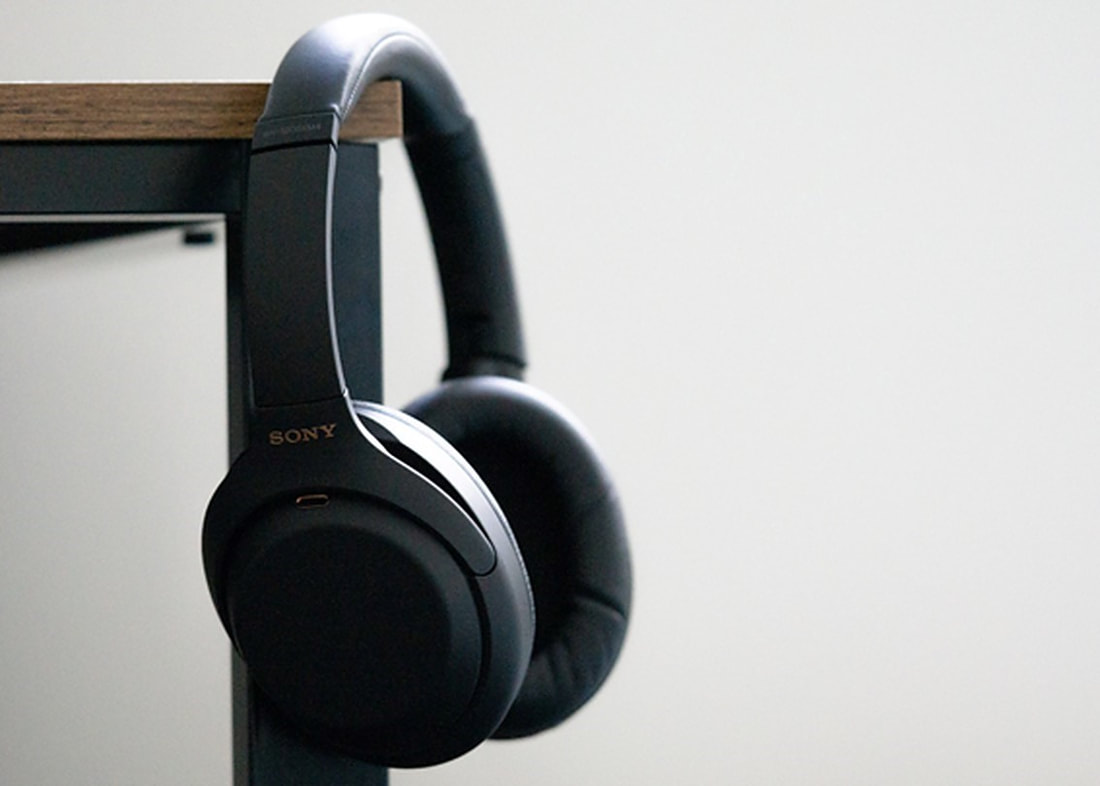In this definitive guide, we'll go over everything you need to know about choosing the best headphones. We'll cover the different types of headphones, how to choose the right pair for you, and what to look for when making your purchase.
10 Things you should know about choosing headphones
1. There are three main types of headphones: earbuds, on-ear, and over-ear.
Earbuds are small, lightweight, and portable option that fits directly into your ear. On-ear headphones are larger than earbuds and rest on top of your ears. Over-ear headphones are the largest option and go around your ears.
2. You should consider how you'll be using your headphones before making a purchase.
If you're looking for headphones to use while working out, you'll want a pair that is sweat-resistant and has a secure fit. If you're looking for headphones to use while traveling, you'll want a pair that is lightweight and portable.
3. There are two main types of headphone drivers: dynamic and planar magnetic.
Dynamic drivers are the most common type of driver and use a coil to produce sound. Planar magnetic drivers are less common but use a thin membrane to produce sound.
4. Headphones can be open-back or closed-back.
Open-back headphones have vents that allow sound to escape, which can produce a more natural sound. Closed-back headphones have solid backings that block out external noise and keep sound from leaking out.
5. Noise-cancelling headphones use active or passive technology to reduce environmental noise.
Active noise-cancelling headphones use batteries to power a noise-cancelling circuit. Passive noise-cancelling headphones use design and materials to block out noise. So, even if they don't have a noise-cancelling feature, they can still be effective at reduce noise.
6. You should decide what frequency response you want in your headphones.
The frequency response is the range of frequencies that the headphones can reproduce. A wider frequency response will result in better sound quality but may also mean the headphones are more expensive.
7. Impedance is a measure of how much electrical resistance the headphones have.
Headphones with a lower impedance are easier to drive and don't require as much power. Headphones with a higher impedance will require more power but can produce better sound quality.
8. Sensitivity is a measure of how loud the headphones will be when given a specific amount of power.
Headphones with a higher sensitivity will be louder than those with a lower sensitivity. So, if you're looking for headphones that you can use in a noisy environment, you'll want to look for a pair with a high sensitivity.
9. You should consider the cable material and length when choosing headphones.
The material of the cable will affect how durable it is and how well it conducts electricity. The length of the cable will determine how much freedom you have to move around while using the headphones.
10. There are a few additional features to look for when choosing headphones, such as Bluetooth connectivity and a microphone.
Bluetooth connectivity allows you to connect your headphones wirelessly to your device. A microphone allows you to take phone calls or record audio without having to remove the headphones. Also, some headphones come with a built-in amplifier for an increased sound.
When it comes to choosing headphones, there are a lot of factors to consider. But if you keep these 10 things in mind, you'll be sure to find the perfect pair for you.










